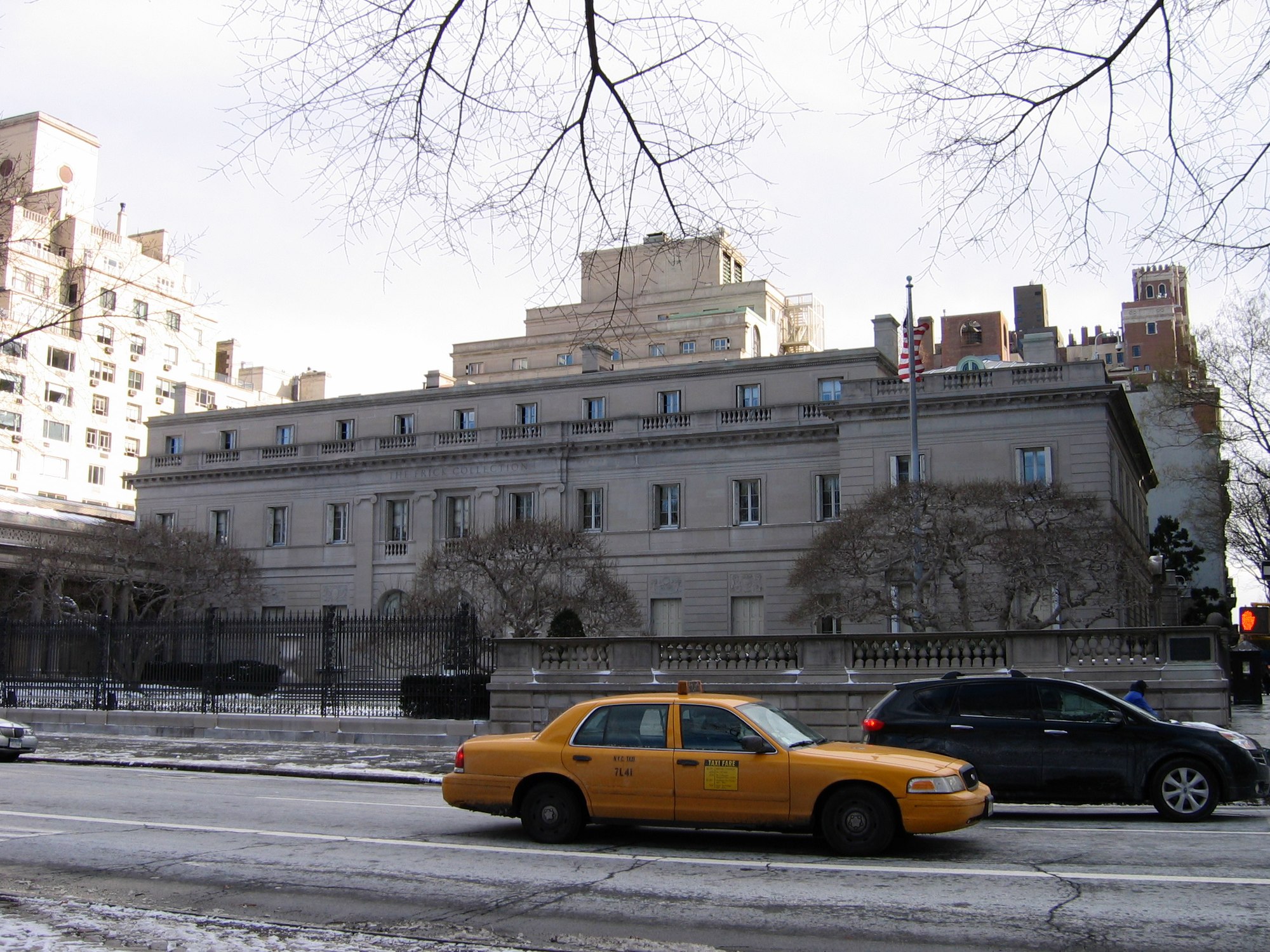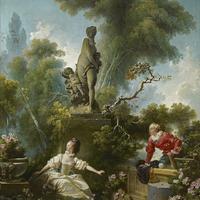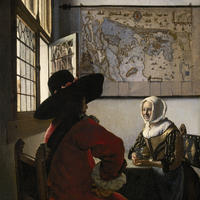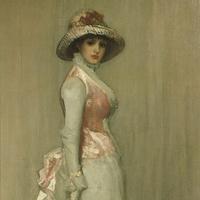More about The Frick Collection
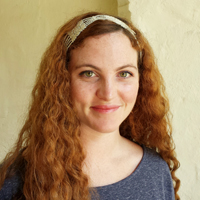
Sr. Contributor
Ruthless businessman, Andrew Carnegie, shows his soft spot for the arts.
One of the best small art museums in the U.S. If current expansion plans go through it will soon be one of the best medium-sized museums. Big, medium, or small, reviews seem unanimous that the Frick Collection is just right and a must for European art fans in a city with a fiercely competitive art scene.
Located on the former site of the Lennox Library, which housed the first Gutenberg Bible to reach the colonies. Henry Clay Frick tore down the library in 1912 after its collection was moved and incorporated with the Astor Library; thus beginning the famous New York Public Library. Frick didn’t hate libraries; in fact, architect Thomas Hastings who designed the Frick House would also design the New York Public Library. He did, however, hate ex-business partner Andrew Carnegie. Rumors abound that he selected the property because of its proximity to Carnegie’s mansion. It is unclear whether he intended to outshine Carnegie by building the grandest house on the block, or the property was simply the only lot available, but a literal flood of bad blood between the men suggests the former.
Frick was the grandson of Abraham Overholt, the owner of my recommended budget rye for Manhattans, Old Overholt Whiskey. With a keen business instinct and little formal education, Frick managed to buy up a bunch of coal mines to create coke (not that kind of coke) for steel manufacturing. He quickly gained control of the Pittsburgh coke industry and by his mid-thirties was chairman to the largest coke manufacturing plant in the world and a millionaire in partnership with Carnegie. Their friendship ended when Frick went off the deep end. Just before Carnegie’s death Frick was reported to have said, "I will see [Carnegie] in hell, where we are both going." Frick died of a heart attack in 1919 which is linked through unsubstantiated reports to syphilis.
Despite a reputation for greed, he did donate a lot of land, money, his art, and his house to the people. The museum gives a glimpse of this generous man behind the business; a man with good taste and a sensitive eye for beauty. Curators go out of their way to maintain the home’s original atmosphere, and in doing so have created a welcomed time capsule amidst a hectic metropolis.
This intimate museum is just a few blocks from the Whitney, steps away from Central Park, and about a 15 minute walk from the Met. Go on Sundays between 11am and 1pm for a “pay what you wish” admission fee then take a lazy stroll to the nearby zoo to watch monkeys reenact Carnegie and Frick’s more intense debates.
Featured Content
Here is what Wikipedia says about Frick Collection
The Frick Collection is an art museum on the Upper East Side of Manhattan in New York City, New York, U.S. Established in 1935 to preserve the art collection of the industrialist Henry Clay Frick, the museum consists of 14th- to 19th-century European paintings, as well as other pieces of European fine and decorative art. The museum is located at the Henry Clay Frick House, a Beaux-Arts mansion designed for Henry Clay Frick. The Frick also houses the Frick Art Reference Library, an art history research center established by Frick's daughter Helen Clay Frick in 1920, which contains sales catalogs, books, periodicals, and photographs.
The museum dates to 1920, when the trustees of Frick's estate formed the Frick Collection Inc. to care for his art collection, which he had bequeathed for public use. After Frick's wife Adelaide Frick died in 1931, John Russell Pope converted the Frick House into a museum, which opened on December 16, 1935. The museum acquired additional works of art over the years, and it expanded the house in 1977 to accommodate increasing visitation. Following fundraising campaigns in the 2000s, a further expansion was announced in the 2010s. From 2021 until March 2024, during the renovation of the Frick House, the Frick Madison operated at 945 Madison Avenue. The Frick House is scheduled to reopen in late 2024.
The Frick has about 1,500 pieces in its collection as of 2021. Artists with works in the collection include Bellini, Fragonard, Gainsborough, Goya, Holbein, Rembrandt, Titian, Turner, Velázquez, Vermeer, and Whistler. The museum has gradually acquired additional pieces over the years to supplement the paintings in Frick's original collection. In addition to its permanent collection, the museum has hosted small temporary exhibitions on narrowly defined topics, as well as academic symposiums, concerts, and classes. The Frick Collection typically has up to 300,000 visitors annually and has an endowment fund to support its programming. Commentary on the museum over the years has been largely positive, particularly in relation to the works themselves and their juxtaposition with the Frick House.
Check out the full Wikipedia article about Frick Collection

